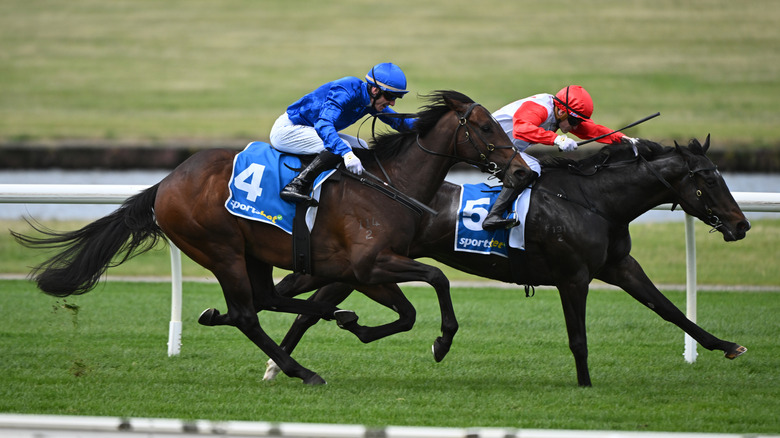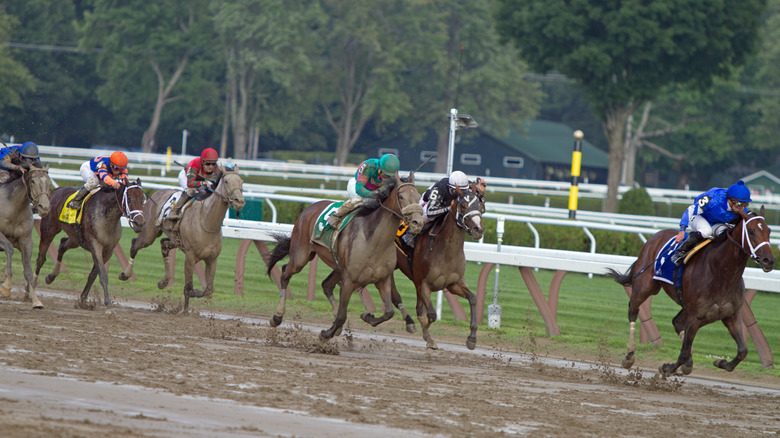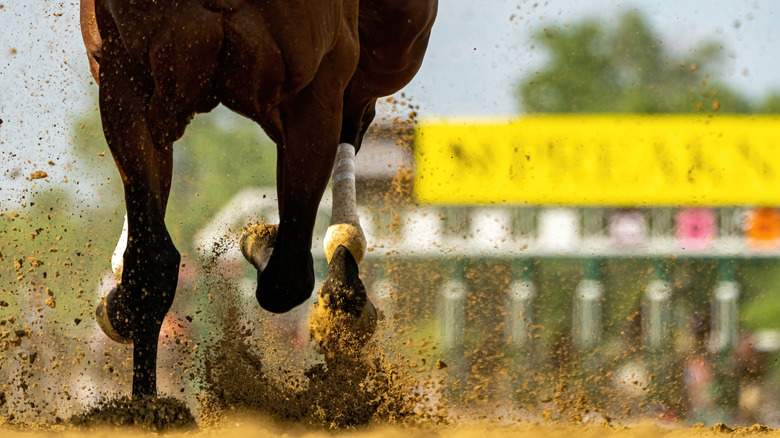Electrical Devices Are A No-Go For Horse Racing (Unless You Want A 10-Year Ban)
Today, it isn't a novelty to find yourself in an electric-powered vehicle. We are all used to electricity powering our rides; there are even electric aircraft. However, as one horse trainer recently discovered, there are limits to just how far we can push the marriage of transport and electricity. The trainer, Isidro Castro, was banned for ten years from training race horses after electrical devices were discovered during a search by Horseracing Integrity and Wagering Unit investigators on 19 August 2025. During the search, two electrical devices were found in the trainer's vehicle.
Castro fell foul of a Horseracing Integrity and Safety Authority (HISA) rule that bans the use of any device intended to "increase or retard the speed of a covered horse." The only exception to this rule is the use of a riding crop. Despite initially denying knowing they were in his vehicle, Castro later changed his story and claimed he'd merely found the devices and picked them up.
He isn't the first member of the horse racing profession to receive such a ban. Another example of a ten-year ban was issued to jockey Tomas Mejia in September 2021. The jockey was convicted of using a "buzzer" to administer an electric shock to "persuade" his horse to go quicker. These are just two examples of the illegal use of buzzers (often referred to as batteries, machines, or jiggers). Let's take a closer look at the use of these devices and why they are banned.
What are buzzers in horse racing?
These two examples both happened in the U.S. However, it's not a problem that's restricted to America. Other prominent horse racing countries, including the U.K. and Australia, also have a history of such devices being used in the sport. Nor is it a new phenomenon; the use of crude devices that used a battery to generate a charge across two prongs dates back to the 1930s.
One earlier instance of a jockey being banned in the U.S. occurred in 1988. This instance involved jockey Geary Louviere, who was suspended from horse racing for life when he was convicted of using a buzzer during a race at Balmoral Park Racetrack in Crete, Illinois. The horse he was riding won the race despite being a 7-1 outsider. Of course, it's impossible to determine whether the buzzer was a defining factor in the win.
The devices work by delivering an electric shock using a hand-held device; the technique is often used simultaneously with a riding crop or whip. It isn't a practice that's restricted to the racecourse either. During training, these devices can be used to "condition" the horse to expect an electric jolt. The buzzer is usually applied to the horse's neck prior to delivering the charge. The horse comes to associate this with pain, and when a similar pressure is applied with a whip during a race, the horse anticipates the electric shock and responds accordingly. It's a far cry from the luxury that horses enjoy aboard Air Horse One, the luxurious plane for horses.
How they've been concealed
Over the years, stewards and investigators have uncovered some remarkably inventive ways that jockeys and trainers have tried to conceal the use of such devices. For instance, one undercover investigator managed to record a conversation between a top jockey and a trainer. The recording revealed many of the tricks practised to cover the use of buzzers. These include hiding the devices in a horse's blinker, or — slightly more perilously for the person involved — down a jockey's underwear. One jockey, Roman Chapa, even recalled that he once hid a device in his mouth.
According to one trainer, the practice was hardly a rare occurrence. With a hint of dark humor, the trainer — Hall of Famer, D. Wayne Lucas — described the scene at Ruidoso Downs. He recalled, "We used to go behind the gate at Ruidoso, and it was just like it was a full-blown orchestra, zzz, zzz, zzz. Everybody had one." Today, although not eradicated, the "zzz" era is largely in the past. Modern stewarding and the use of video surveillance have made the use of such devices less common.
For instance, in Australia, the introduction of video surveillance enabled far greater vigilance by stewards and greatly curbed their use. In the U.S., there are also magnetic wand scans carried out on jockeys during random races, including at high-profile events like the Kentucky Derby. For the welfare of the animal that was the original horsepower, these surveillance improvements, and the continuing threat of lengthy bans, have to be good news.


